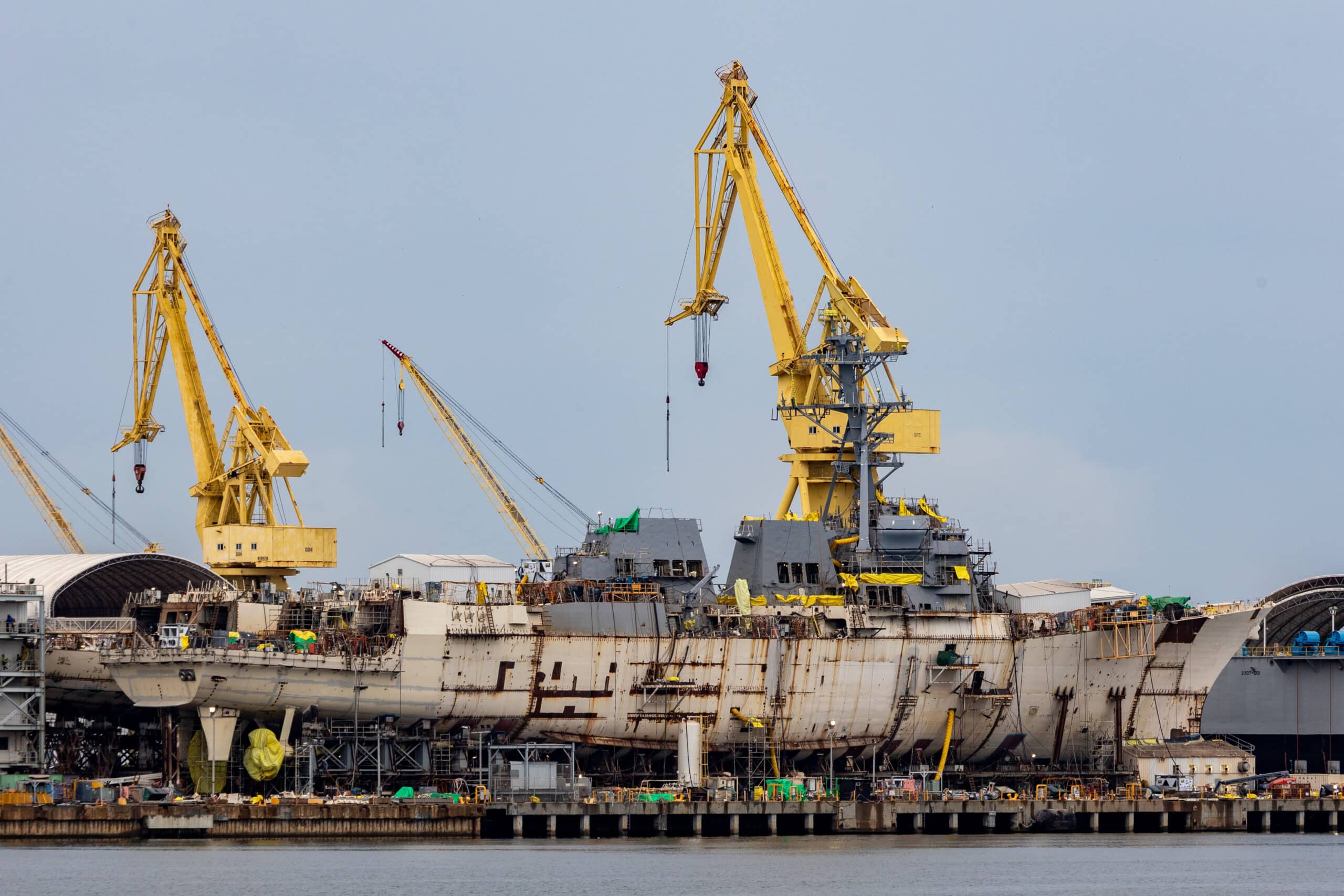Navy’s Ambitious Shipbuilding Plan for 2025

The U.S. Navy is embarking on an ambitious plan to recapitalize its fleet by 2025. This initiative aims to address the growing maritime competition, particularly with China, and to modernize the Navy’s capabilities. According to the Congressional Budget Office (CBO), the Navy’s shipbuilding plan will require an estimated $40.1 billion annually. This figure is nearly double the funding the Navy has received from Congress for shipbuilding over the past five years. The Navy’s goal is to expand its fleet from 296 manned ships to 381 by 2045, alongside 134 unmanned vessels. This expansion will come at a staggering cost of $1 trillion over the next three decades.
The Financial Challenge of Fleet Expansion
The financial implications of the Navy’s shipbuilding plan are significant. The CBO’s analysis highlights that the proposed budget for 2025 is not only high compared to recent funding levels but also historically unprecedented. Over the last decade, the average annual funding for shipbuilding has been around $27.5 billion. This increase in funding is reminiscent of the Cold War era, where appropriations averaged $32.8 billion from 1955 to 1989. The current plan reflects a shift in priorities as the Navy seeks to enhance its capabilities in response to China’s growing naval power.
Navy leaders are acutely aware of the financial constraints they face. Chief of Naval Operations Adm. Lisa Franchetti emphasized the need to prioritize readiness, capability, and capacity. The Navy plans for a modest growth of three to five percent in the shipbuilding budget. However, the reality is that the fleet will reach its smallest size in 2027, with 283 ships, before beginning to expand again. This contraction raises concerns about the Navy’s ability to maintain operational readiness during a critical period of growth.
The Industrial Base and Workforce Needs
To support the ambitious shipbuilding plan, the Navy must significantly expand its industrial base. The CBO report indicates that the nation’s shipyards will need to produce more naval tonnage than they have in the past decade. Specifically, the production rate of nuclear-powered submarines must increase substantially. Currently, the Navy is acquiring two submarines per year, but the shipyards are only producing an average of 1.2 submarines annually.
The Navy’s plans also highlight the need for a skilled workforce. It estimates that 100,000 new workers will be required across the submarine industrial base over the next decade. This workforce expansion is crucial to meet the demands of the Navy’s shipbuilding goals. The Navy and its two primary nuclear shipyards, General Dynamics Electric Boat and HII’s Newport News Shipbuilding, are actively working to enhance their submarine construction capacity. However, whether these efforts will lead to a significant increase in production remains uncertain.
The Navy’s 2025 shipbuilding plan represents a bold step towards modernizing its fleet and addressing emerging global threats. However, the financial and industrial challenges ahead will require careful planning and execution to ensure the Navy can achieve its ambitious goals.
Source: USNI News
